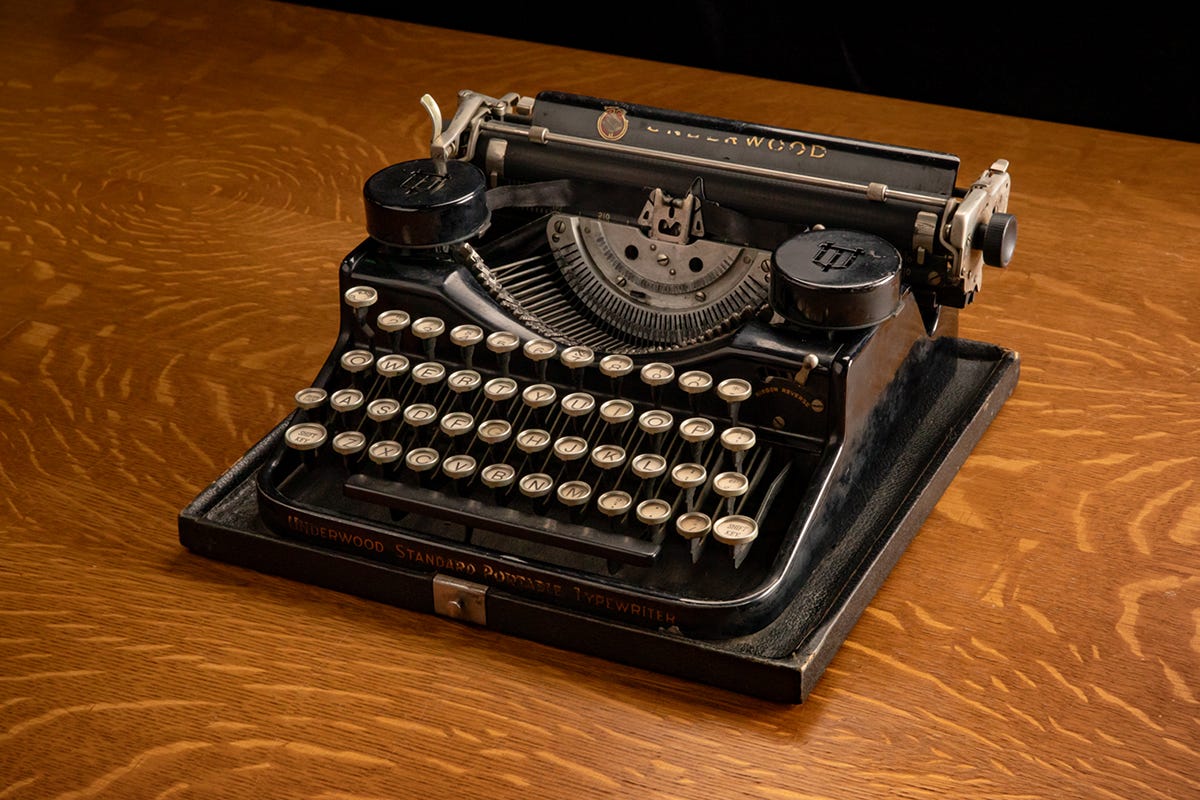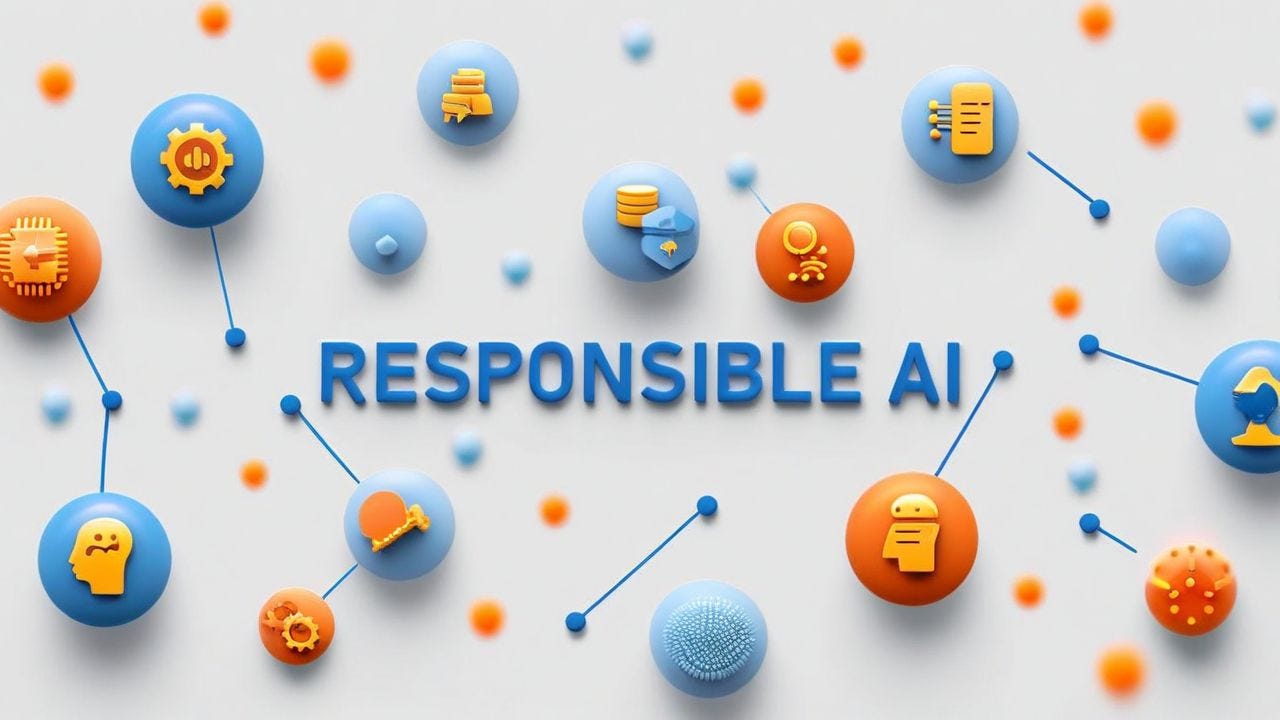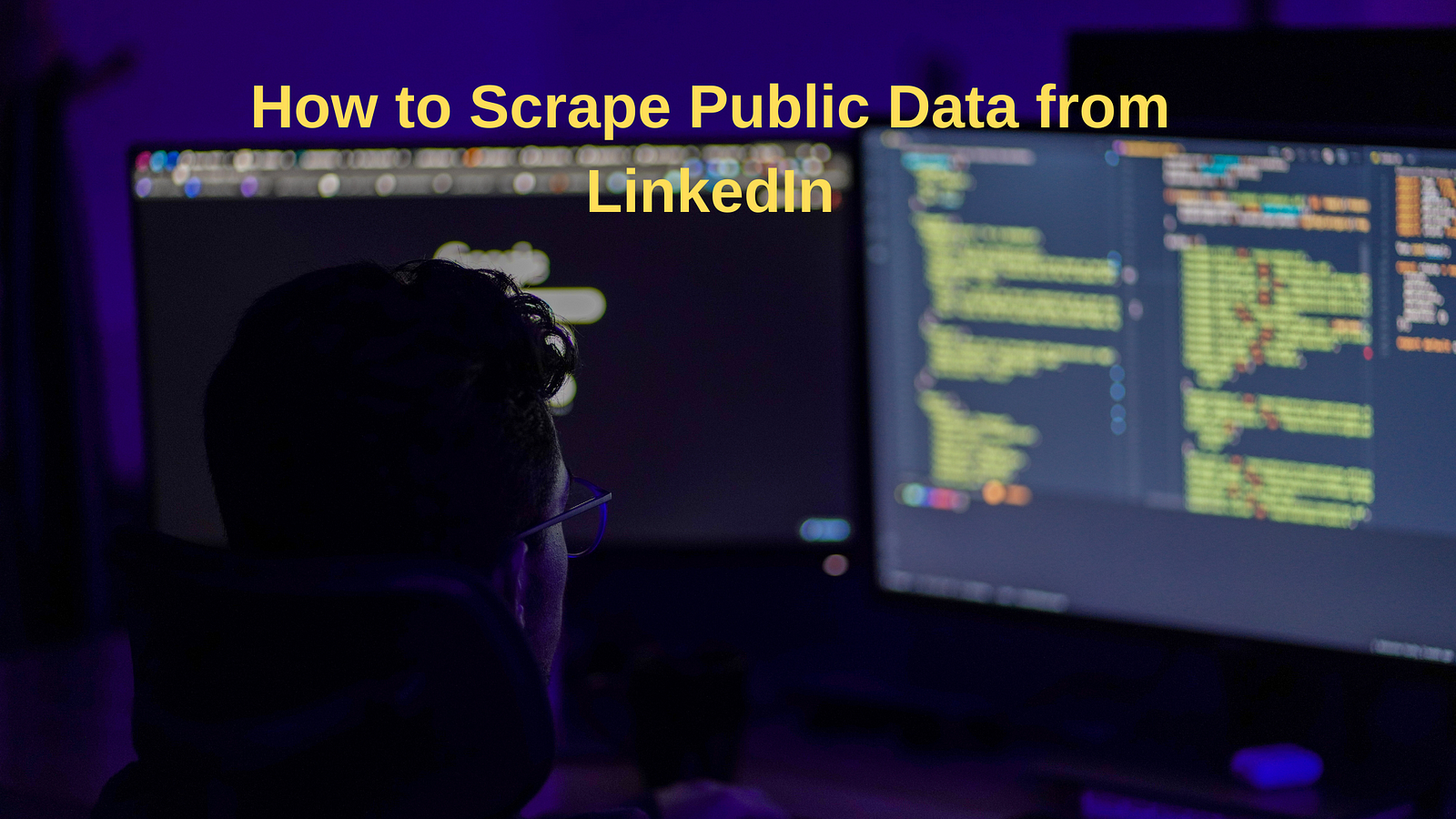
- Take a moment to give your article a good title and subtitle. Try to make them concise, yet compelling. If in doubt, ask yourself: "Would I find this title interesting enough that I would want to continue to read the article?"
- Don't create weird formats for your headings and subheadings. Just keep them simple and make sure that the formatting for each heading/subheading in your article is consistent with one another. If you are planning on numbering your headings, here are some examples for you to refer to:
1. This is a good heading
2. This is another good heading
1 : > This is a bad heading
2 #: This is another bad heading
- Half-baked articles look bad. If you cannot be bothered to take the time to write your article in a way that has good structure, good punctuation, good spelling, and good formatting, what makes you think that somebody else is going to spend good time reading it?
- Take pride in your work. Your writing is an extension of who you are as a person, especially in a professional context. If you are writing about code, it is likely that you have aspirations to work with software, or already do. The words you write represent that, so make sure you do a good job of representing yourself!
- Capitalise the start of every sentence.
- Regarding articles that have a 2--3min read time - have you definitely covered everything that your article needs and your readers expect?
- Following on from the previous point, research has shown that articles of 7--8mins appear to perform best.
- If you are not confident that your level of English is perfect/near-perfect, try running your article through some writing software that has the language set to English (UK) or English (US). Try writing your article in Google Docs. If you go the Google Docs route, ensure that you have the language set to English (File > Language) and that it is providing active spelling and grammar checks (Tools > Spelling and grammar). Some people swear by Grammarly. While Grammarly is a nice tool for improving the quality of your content, we have still come across far too many writers who swear they have used Grammarly to check their work, yet it still contains simple errors. Even if you're confident in your English, I would still recommend using these tools.
- If in doubt about those any of those three previous points, go ahead and read your own article back. Consider whether you still think your article is good enough for other people to spend time reading. Hopefully it is! 🙂
- Don't overuse emojis!
- Don't overuse GIFs and memes.
- Don't use more than one exclamation mark. You're not writing a comic! But if you are writing a comic, it's probably fine to write things like "this!!!"
- If the sentence you are writing is not a question, don't put a question mark at the end.
- Don't use ellipses (...) unless you truly understand how and when to use them. If you are planning on using them, make sure you only use three periods, not two, not four, and definitely not five!
- Write the names of things with the correct casing. For example, "JavaScript" is written like so. It's not "javascript", or "Javascript" etc.
- Are you writing about a topic that has already been covered a hundred times by other people? Sometimes we like to write about new things we have learned --- this might be nice for you, but do you think our readers will also be interested? Are you really adding anything new to the topic or are you just trying to demonstrate that you know the topic? Give this one some careful consideration and be sure to frame your article accordingly.
- Capitalise the start of every sentence. Yes, we already mentioned this before but you would be surprised by how many articles we have read that fail to do so.
- Do not put a space between the last letter in a sentence and any punctuation. For example: This sentence is not correct ! But this one is!
- Are you 100% confident you know and understand English punctuation rules? If not, be sure to read this short guide: https://dictionary.cambridge.org/grammar/british-grammar/punctuation
- If you have a website, company, newsletter, or another call to action, be subtle in your advertising. Remember, people use AdBlockers for a reason.
Sentences that begin with a super large letter look silly. Observe how out of place this now looks. Stop using them.
Stop using these as well.
Don't use these either.
Don't make an article that doesn't include at least one image that Medium can use as an accompaniment. Articles without a high-res image are less likely to be clicked on by your potential readers.
- If your piece has multiple parts to it, please link to those other parts in each piece so the reader can follow the full series.
- Variable names, file paths, URLs, directory names, class names, and values should be
code formatted like this. They should not be bolded or italicised unless they are also code formatted and you're doing it for emphasis. You can code format something by highlighting it and hitting the ``` key on your keyboard. Things that aren't strictly code, such as a file name eg. example.js can be written in bold if you prefer. Whatever you decide, just make sure you are consistent throughout your article. - Consider including a Resources section at the bottom of your piece with any useful sources you've cited in your piece.
- Take the time to tag your article sensibly. If your article is about React Hooks, consider tagging it with the core subjects that make up your article "React", "JavaScript", "Programming", and two other suitable tags. Don't bother tagging it with "Reacthooks" or something similar, because people aren't searching Medium for that.
- Conclude your article. Nothing feels more weird than seeing an article that seems to just randomly end without a natural cut-off point. Even if it's just a simple one-liner such as "And there we have it. I hope you have found this useful. Thank you for reading". By the way, you're welcome to steal that!
- Don't ask users to applaud your article/leave claps etc. This used to be okay a while back, but it's not anymore and Medium may decide against curating your work - they actually say this in their own curation guidelines.
- If you've made it this far, congratulations! Submit your article here and we will review. If accepted, it will be published in one of our publications!



